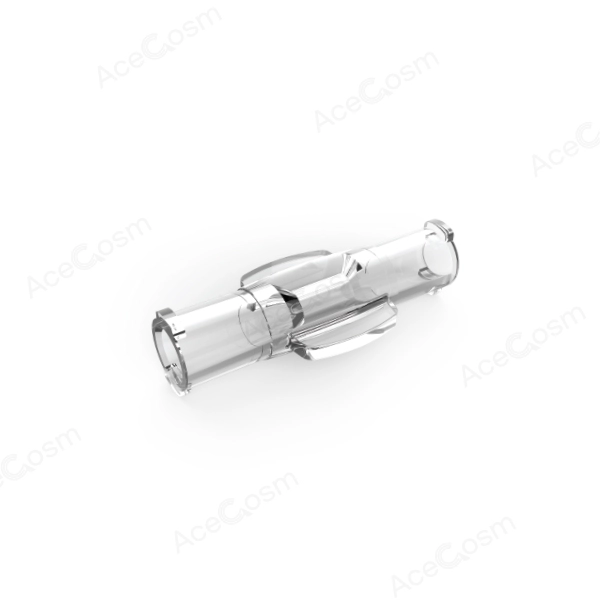You have no items in your shopping cart.
VOLASSOM CALCIUM
Volassom Calcium injection consists of an injectable micro-implant containing micro-spheres of calcium hydroxyapatite mixed with a biodegradable liquid gel. It should be noted that it is a painless injection if injectable lidocaine is added, which is a local anesthetic.
Unlike hyaluronic acid, an injectable filler, Volassom Calcium is a tissue inducer that acts on collagen and elastin, the two main proteins of the skin. Collagen allows the skin to be firm and resistant, while elastin fibers (or fibroblasts) give elasticity to the skin.
Volassom Calcium is a tissue inducer, meaning that it causes an action on the tissues of the dermis. It stimulates the activity of elastin fibers, which declines with age, and allows the multiplication of elastin fibers responsible for collagen/elastin synthesis. This contributes to strengthening the hydration of the skin and therefore its elasticity.
The effects of Volassom Calcium injection last longer than those of hyaluronic acid, thanks to the stimulation of fibroblasts, lasting between 18 months and 2 years. The calcium hydroxyapatite micro-spheres dissolve after 12 months.
The contours of the face become clearer, and the oval is redrawn. The skin regains its elasticity and tone, and wrinkles, even deep ones, gradually disappear. Many patients use this solution to erase the most marked wrinkles or unsightly scars, not only on the face but also to beautify the neck or décolleté and restore volume to the skin of the hands.
It can be used neat or diluted with sterile saline injection.
*Cannula injection only.
Biostimulator Volassom Calcium to increase volumes
In fact, Volassom Calcium Volumizing Bio Stimulator is used as an anti-aging skin booster that improves the skin by stimulating its own collagen production and can also create sufficient volume in areas where it is lacking.
Application area:
- Facial contour
- Forehead
- Jawline
- Chin
- Neck
- Nose
Volassom Calcium Injectable Implant Protocol
Indications: Volassom Calcium injectable implant is indicated for subdermal implantation for the correction of moderate to severe facial wrinkles and folds, such as nasolabial folds. Additionally, it is intended for the restoration and/or correction of the signs of facial fat loss (lipoatrophy).
Contraindications:
- Contraindicated for patients with severe allergies manifested by a history of anaphylaxis, or history or presence of multiple severe allergies.
- Not to be used in patients with known hypersensitivity to any of the components.
- Contraindicated for patients with bleeding disorders.
Individualization of Treatment: Before treatment, assess the patient’s suitability for the treatment and evaluate the need for pain relief. The outcome may vary between patients, and additional treatments may be necessary based on the size of the defect and patient needs.
Directions for Use:
-
Preparation:
- Prepare the patient for percutaneous injection using standard methods.
- Mark and prepare the treatment injection site with a suitable antiseptic.
- Local or topical anesthesia at the injection site should be used at the discretion of the physician.
-
Injection:
- Locate the initial site for the implant, avoiding scar tissue and cartilage if possible.
- Use a 1:1 with lidocaine and/or saline correction factor. No overcorrection is needed.
- Insert cannula with bevel down at approximately a 30° angle to the skin.
- If significant resistance is encountered, adjust cannula placement or change the needle.
- Advance the needle into the subdermis and slowly inject the implant material in linear threads while withdrawing the cannula.
- Apply slow continuous even pressure to the syringe plunger for even distribution.
- Massage the injected area as needed to achieve an even distribution of the implant.
-
Disposal:
- Use once and discard in accordance with local safety standards.
Technique for Mixing with Lidocaine:
- Do not use the Volassom Calcium injectable implant and lidocaine mixture later than 2 hours after mixing.
- The assembled components are intended for one-time use only.
Cannula&Syringe:
- Sterile 22-25G cannula.
- 3.0cc sterile polypropylene luer-lock syringe.
- 0.2cc of 2% lidocaine for injection.
- Sterile Female-to-female luer lock connector.
- 0.8cc syringe of Volassom Calcium injectable implant.
Component Assembly and Mixing Instructions for Volassom Calcium Injectable Implant with Lidocaine:
-
Assemble the components and perform the mixing using sterile technique.
-
Draw the lidocaine into a 3.0cc sterile polypropylene mixing syringe fitted with a sterile 27 gauge, 0.5” needle.
-
Tap the mixing syringe, containing lidocaine, and depress its push rod to remove all excess air.
-
Remove the sterile 27 gauge, 0.5” needle.
-
Firmly connect the mixing syringe to the Volassom Calcium syringe using the female-to-female luer lock connector.
-
Mix the lidocaine and Volassom Calcium injectable implant by alternately depressing the plungers, first on the mixing syringe and then on the Volassom Calcium syringe for ten mixing strokes (each mixing stroke is one complete compression of the mixing syringe plunger followed by one complete compression of the Volassom Calcium syringe plunger). Plungers are compressed firmly and quickly, at about two compressions per second.
-
After mixing, remove the mixing syringe and the female-to-female luer lock connector and discard.
-
Fit the syringe containing the lidocaine and Volassom Calcium mixture with an injection cannula.
-
Proceed with the injection of the Volassom Calcium injectable implant.
Ingredient: Calcium hydroxylapatite microsphere (30%), Polymer gel carrier, (Sodium carboxymethylcellulose) (70%)
Composition: 0,8ml x 2 syringes
Storage: Store under +5C to +25C
Shelf Life: 3 years from manufacturing date
For bulk orders, we kindly ask you to get in touch with us.



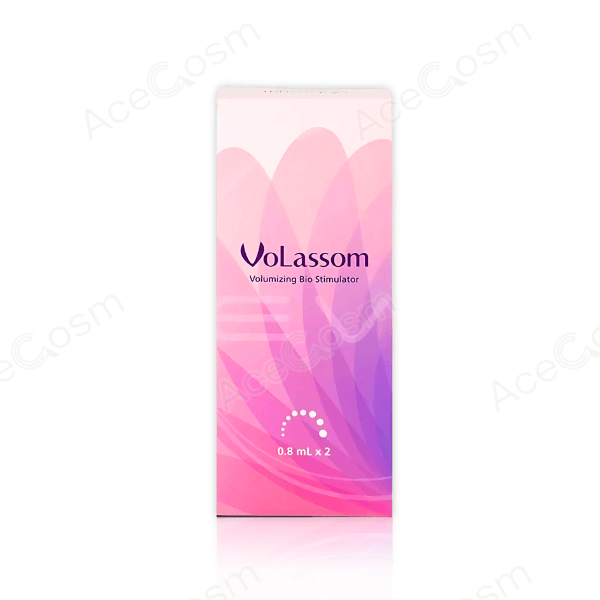
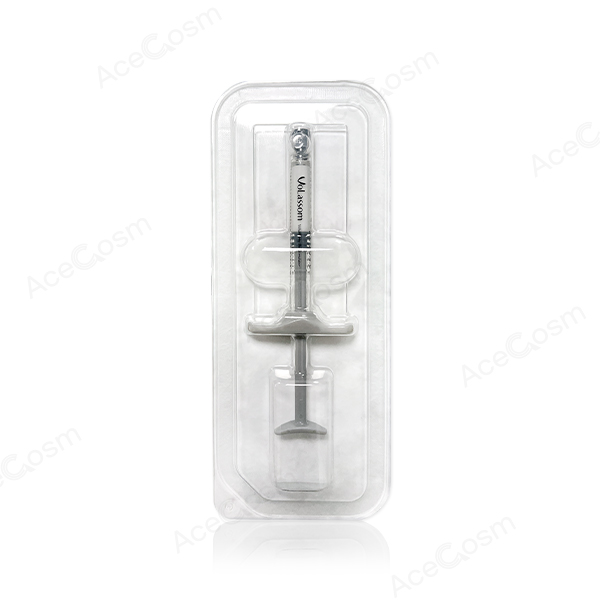

![B-ESTA BODY FILLER [10ML]](http://acecosm.com/Pictures/Thumbnail/b-esta-body-filler-10ml-2-thumbnail.png?v=20250828122409104401)



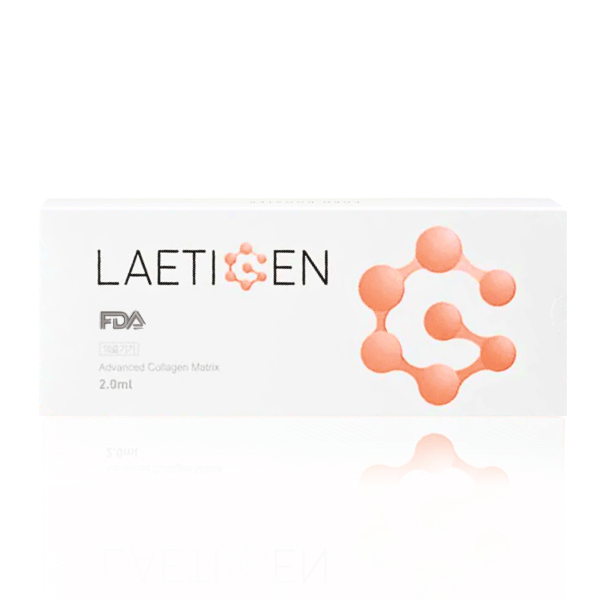
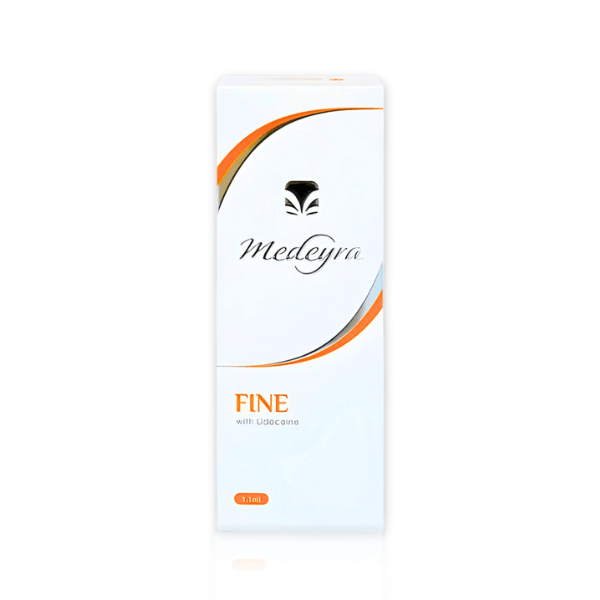
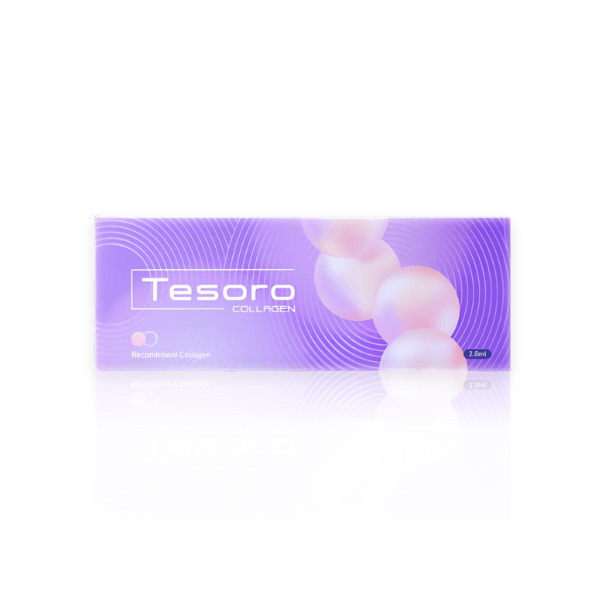


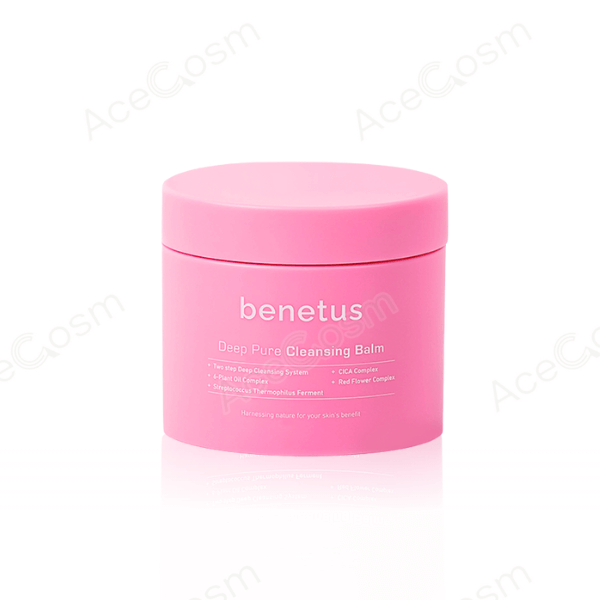

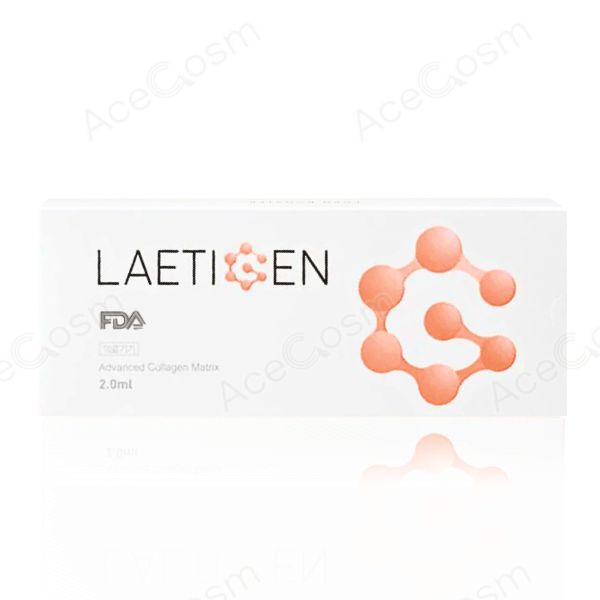
![LIDOCAINE HCL 2% [DAIHAN]](http://acecosm.com/Pictures/Thumbnail/lidocaine-hcl-2-daihan-2-thumbnail.png?v=20250918144002114807)
![LIDOCAINE HCL 2% [DAIHAN]](http://acecosm.com/Pictures/Thumbnail/lidocaine-hcl-2-daihan-3-zthumbnail.png?v=20250918144005133635)
![SALINE 20ML [DAIHAN]](http://acecosm.com/Pictures/Thumbnail/saline-20ml-daihan-2-thumbnail.png?v=2025091814263988218)
![SALINE 20ML [DAIHAN]](http://acecosm.com/Pictures/Thumbnail/saline-20ml-daihan-3-zthumbnail.png?v=20250918142642107337)

